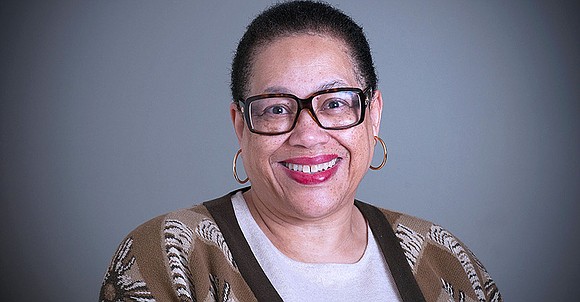Over 80 groups tell federal regulators Key Bank broke $16.5Billion Promise
Cross-country redlining aided wealthy white communities while excluding Black areas
By Charlene Crowell | 5/4/2023, 12:30 p.m.
For much of Black America, the availability of affordable and accessible full-bank services has historically been an irritating issue for consumers and small businesses alike.
The Community Reinvestment Act of 1977 (CRA) was supposed to be a financial yardstick that measured whether depository institutions were meeting local community credit needs in low-to-moderate income communities (LMI). Over the ensuing four decades, what federal regulators have ranked as ‘outstanding performance’ has had little or no relation to the nagging and persistent financial frustrations experienced by the communities some banks were supposed to serve.
A recently filed CRA challenge has the potential to close the gap between promise and performance at one of the nation’s largest financial institutions, KeyBank. On April 27, more than 80 national, state and local organizations representing 10 states told federal regulators it was time to downgrade the CRA ranking of the 180-year-old institution. The appeal also noted in factual detail how a five-year, $16.5 billion promise of community investment that was to begin in 2017 was never fulfilled.
“If you or I break a promise to our bank, they hold us accountable with fees. When a bank breaks promises, the law says there are consequences – and it’s our government’s job to enforce that accountability,” National Community Reinvestment Coalition (NCRC) President and CEO Jesse Van Tol said.
“KeyBank got an ‘Outstanding’ rating two years ago – and it’s clear now that was the wrong call,” continued Van Tol. “They promised to use their merger with First Niagara to buoy the economic interests of under-resourced communities, then turned around and did the opposite in most of the cities they serve – all while passing the new profits from the merger on to shareholders and insiders. Regulators have an obvious duty to act, not only for the communities KeyBank hoodwinked but also to show the industry as a whole that this kind of conduct is not okay.”
A March 31letter to federal regulators reviewed a list of promises the bank made before a merger with First Niagara was approved and included:
- Goals for loans, investments, and products specifically aimed at benefitting LMI individuals and communities, including home mortgages, small business loans, community development loans, investments, and philanthropic contributions;
- Bank branches in LMI communities across the bank’s geographic footprint and, separately, the state of New York;
- An additional branch in an LMI community in East Buffalo and keep open four other branches in LMI neighborhoods that the bank initially planned to close;
- Enhance its diversity and inclusion policies, expand its community engagement and marketing efforts; and
- Create an advisory council made up of various community organizations that will meet periodically to assess KeyBank’s progress under the Plan and to be informed of the bank’s future.
Instead, an NCRC research report released last November documents how the bank used the merger profits to benefit wealthy borrowers at the exclusion of Blacks. Further, Key Bank’s alleged redlining went beyond its Western New York state markets and included cities ranging from Western cities like Seattle, Portland and Denver, to the Midwest heartland of Indianapolis, Columbus and Cleveland to the East in Philadelphia, and New York City. Findings showed that Key Bank:
- Had the lowest percent of mortgage originations to Black borrowers among the 50 largest mortgage lenders.
- ;imited its home mortgage lending in census tracts where Black residents are clustered;.
- It approved mortgages for low-income White applicants at a higher rate than for high-income Black applicants; and
- From 2018 to 2021 its share of home purchase lending to Black and LMI borrowers dropped by double digits.
“KeyBank executives used the 2016 merger to dramatically expand the bank’s home purchase lending business,” states the report. “But it effectively excluded Black families from that expansion, instead growing the home purchase arm of its profit-seeking efforts by focusing investments on wealthier, whiter borrowers.
“Since 2018 – the first full year of data following KeyBank’s formal commitment to increase lending to LMI borrowers – KeyBank has in fact done less lending to both LMI and Black borrowers with each passing year. This trend is visible in nearly all of the bank’s top markets. Across those markets it generally trails the top ten bank lenders in lending to LMI and Black borrowers in 2021,” concludes the report.
Beyond a downgraded CRA rating, advocates are also calling for three additional actions:
- A redlining investigation of KeyBank’s mortgage lending;
- A data integrity review of KeyBank; and
- An examination of KeyBank’s compliance with public commitments made in connection with its acquisition of First Niagara Bank, including in its Community Benefits Agreement as well as job growth commitments.
If regulators downgrade the bank’s CRA rating, it would pause KeyBank’s ability to merge or open new branches until it demonstrates improved performance in a future CRA exam.




